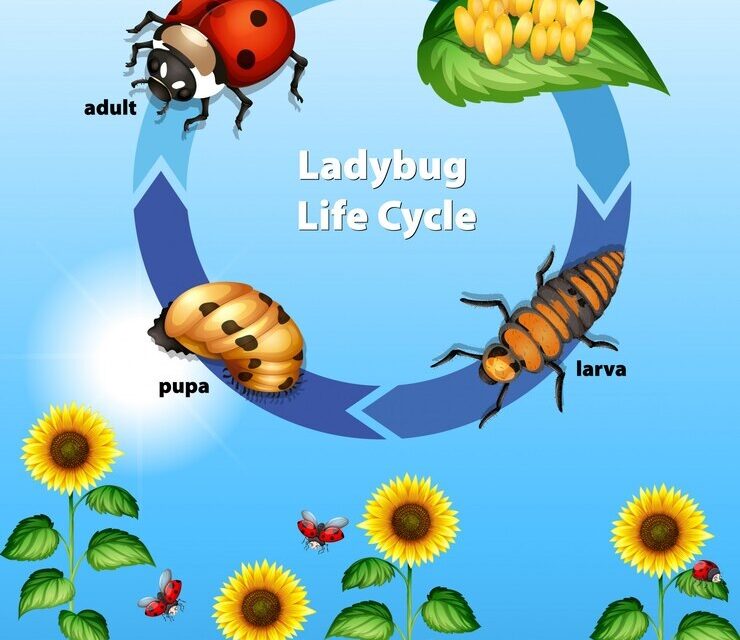Animals are an integral part of the intricate web of life on our planet, and their existence is essential for the continuation of life as we know it. From tiny insects to majestic elephants, animals play diverse roles in ecosystems, contributing to processes such as pollination, seed dispersal, and nutrient cycling. Life for animals revolves around fulfilling their basic needs for food, water, shelter, and reproduction. They have developed a wide array of adaptations to thrive in different environments, from the icy depths of the ocean to the scorching heat of the desert.
Whether it’s migrating thousands of miles in search of food or raising young ones with care and devotion, animals exhibit remarkable behaviors and strategies to ensure the survival of their species. Furthermore, animals form complex social structures, communicate with one another, and exhibit emotions, highlighting the richness and diversity of life on Earth. As life goes on, animals continue to play vital roles in maintaining the balance of ecosystems and enriching the tapestry of life on our planet.
The worksheet covers the following topics-
Animal reproduction
Mammal give birth to young ones
Care of the young
Birds lay eggs
Other egg laying animals- reptiles, insects
These questions are designed to introduce grade 4 students to basic concepts of animal reproduction, life cycles, parental care, and the diversity of reproductive strategies in the animal kingdom. They encourage students to explore and understand different ways animals reproduce and care for their offspring.

















